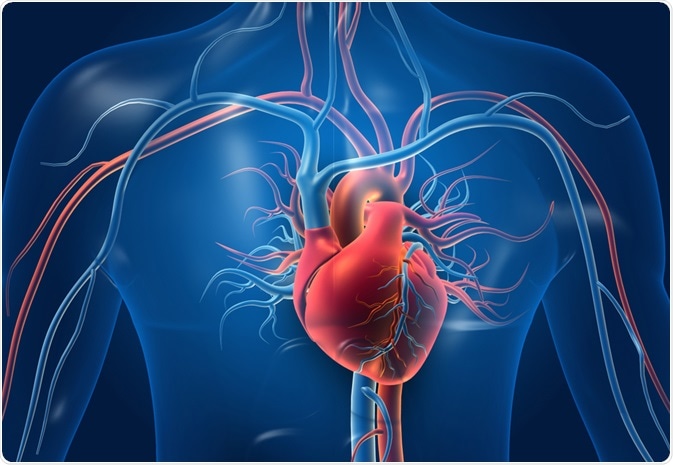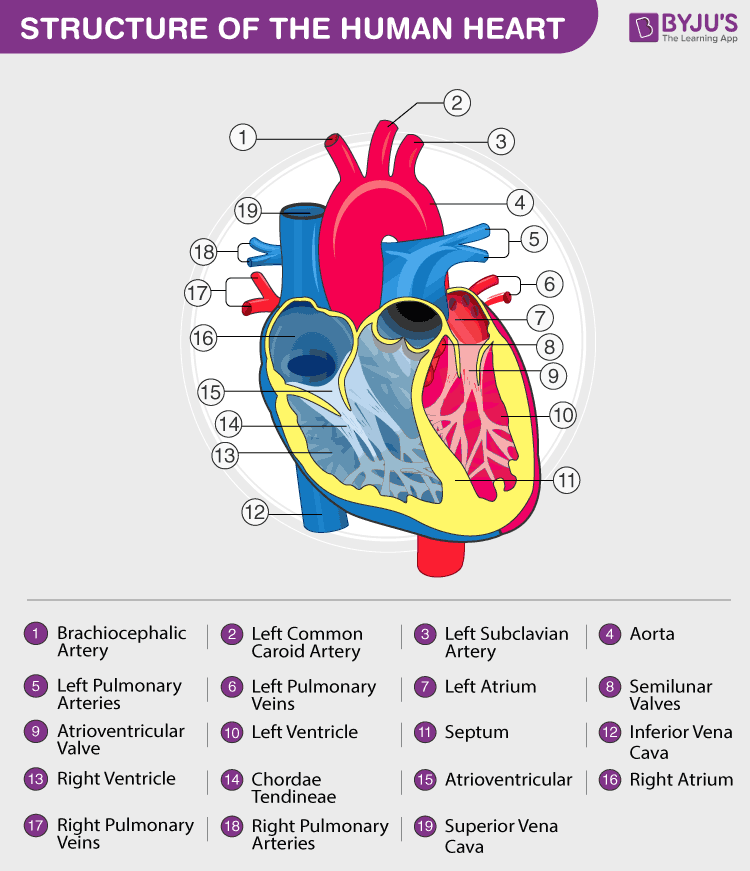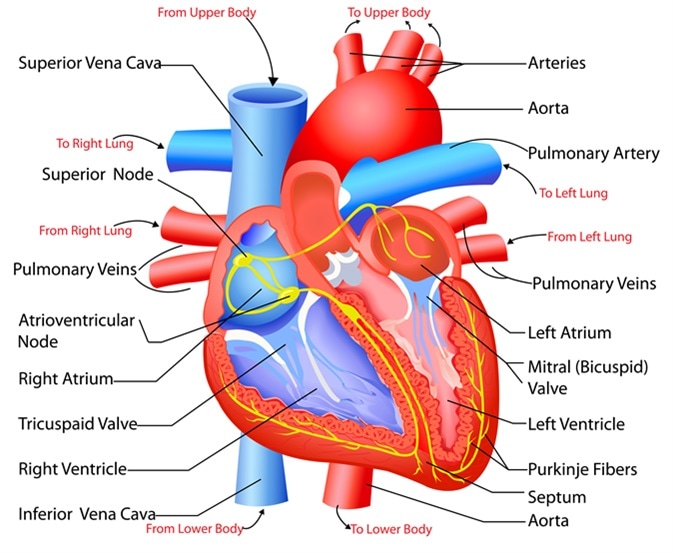The heart is made up of four chambers. Understanding how your heart functions Structure of your heart.

Structure And Function Of The Heart
There is no single better word to describe the function of the heart other than pump since its contraction develops the pressure that ejects blood into the major vessels.

. Pumping hormones and other vital substances to different parts of the body. Pumping oxygenated blood to other body parts. It is a biological pump coupled to a very delicate and complex system of veins and arteries but its functions are very clear from the beginning.
The main function of the heart is to pump blood to the lungs to be saturated with oxygen and then pump it out into the body to supply the cells with oxygen. Receiving deoxygenated blood and carrying metabolic waste products from the body and pumping it to the lungs for oxygenation. It supplies oxygen and nutrients to the tissues and removes carbon dioxide and wastes from the blood.
They can also ensure that the right and left ventricles contract normally. Maintains your blood pressure. The coronary arteries wrap around the outside of the heart.
It is divided by a partition or septum into two halves. Pacemakers can speed up a slow heart rhythm. Simplicity underlies the solution to the structure function relationship since its three structural components the wrap and two helical arms produce the hearts six readily apparent dynamic movements of narrowing shortening lengthening widening twisting and uncoiling 678.
Your heart pumps blood around the body all the time - about five litres eight pints of it - and. The heart is an organ about the size of your fist that pumps blood through your body. Describe fetal heart development In this chapter you will explore the remarkable pump that propels the blood into the vessels.
The heart along with the blood vessels make up the cardiovascular system. These layers are surrounded by the pericardium a thin outer lining protecting your heart. The heart also ensures that adequate blood pressure is maintained in the body.
It pumps blood to all parts of the body ensuring all parts and organs receive an adequate amount of oxygen nourishment and other necessary enzymes that are carried by blood. It is made up of multiple layers of tissue. The four main functions of the heart are.
The heart is a pump to support circulation of blood it is really two pumps the left pumps oxygen rich blood thorough the body and the right side pumps oxygen poor blood into the lungs. Carries oxygenated blood to the tissues and to remove carbon dioxide. The aorta and pulmonary trunk.
Also oxygen-depleted blood must be carried away. The heart is situated within the chest cavity and surrounded by a fluid-filled sac called the pericardium. Updated on April 05 2020.
The parts of the heart conduction system can be divided into those that generate action potentials nodal tissue and those that conduct them conducting fibers. The heart works as two pumps one on the right and one on the left working simultaneously. The halves are in turn divided into four chambers.
The function of a pacemaker is to use low-energy electrical pulses to mimic the hearts own electrical signaling. It also helps to maintain adequate blood pressure throughout the body. The heart is a large muscular pump and is divided into two halves - the right-hand side and the left-hand side.
Like all other tissues in the body the heart muscle needs oxygen-rich blood to function. They can control a fast or an irregular heart rhythm. The upper two are atria and the lower two are ventricles.
Each of the upper chambers the right atrium plural atria and the left atrium acts as a receiving chamber and contracts to push blood into the lower chambers the right ventricle and the left ventricle. Blood delivers oxygen hormones glucose and other components to various parts of the body including the human heart. Well the heart is primarily an organic pump made up of muscles.
Coronary arteries supply blood to the heart muscle. Your heart is at the center of your circulatory system. Blood returns from the body to the right atrium through the.
One of the primary functions of the human heart is to pump blood throughout the body. A pacemaker is a small device that is implanted into a patients chest or abdomen. What is the function of the heart.
The heart has an important musculature and an even more important function that of maintain blood flow on which the functioning of the whole organism depends. The ventricles serve as the primary pumping chambers of the heart propelling blood to the lungs or to the rest of the body. Although all parts have the ability to generate action potentials and thus heart contractions the sinuatrial SA node is the primary impulse initiator and regulator in a healthy heart.
The general function of the cardiovascular system is to transport blood throughout the body to allow the exchange of substances eg respiratory gases nutrients and waste products between the blood of capillaries and the bodys cells. The primary function of the heart is to pump blood throughout the body. Blood flows from the right atrium to the right ventricle and then is pumped to the lungs to receive oxygen.
The loop looks something like this blood leaves the lungs and flows into the left or right pulmonary vein into the left atrium then passes though the mitral valve into the left ventricle. From the lungs the blood flows to the left atrium then to the left ventricle. Controls the rhythm and speed of your heart rate.
This system is a network of blood vessels such as arteries veins and capillaries that carries blood to and from all areas of your body. The heart is the organ that helps supply blood and oxygen to all parts of the body.

Structure And Function Of The Heart

0 Comments